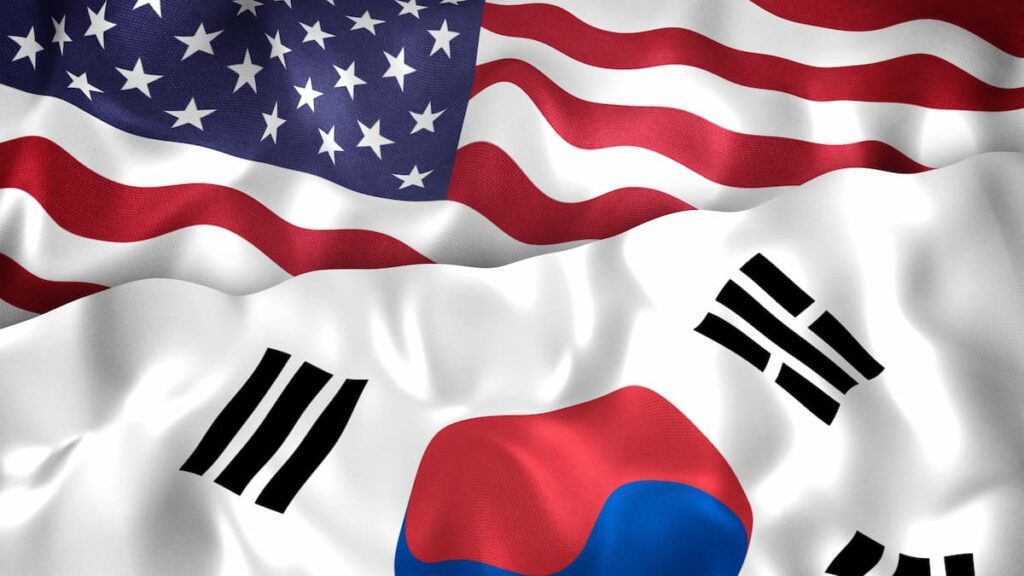Leadership Crisis in Seoul
South Korea is currently navigating one of its most turbulent political periods in recent memory. The country’s domestic scene has been shaken by the aftermath of a martial law declaration, which set off a wave of instability and leadership turnover. Since then, the presidency has changed hands multiple times—each transition further deepening the sense of disarray within the government. The interim administrations that followed have struggled to establish authority, with the presidency swinging between figures who were either quickly impeached or preparing for the next round of elections.
This chaotic political environment is not just the result of isolated events but rather the product of a deeply polarized society. Pro- and anti-government demonstrations have increased, reflecting a country split on how to move forward. For South Korea, this internal division weakens its stance on the global stage, particularly in its alliance with the United States. As South Korea prepares to elect its next leader, the challenge will not only be to unite a divided nation but also to reestablish a credible voice in foreign negotiations.
Economic Pressures from Washington
While South Korea manages its domestic fractures, it faces growing external pressure from the United States. The second term of the US presidency has brought aggressive trade actions against global partners, including South Korea, which was hit with some of the highest reciprocal tariffs among US treaty allies. Although many of these tariffs were temporarily paused, the unpredictable nature of US policy has left allies questioning their long-term trade and security relationships.
In response to the economic uncertainty, South Korea has cautiously begun strengthening regional trade ties, reengaging with Japan and China in trilateral talks. These discussions—paused for years—have resumed as the three nations seek to cushion the impact of global economic turbulence and reduce dependence on the US.
Despite these efforts, South Korea remains vulnerable. The country holds one of the largest trade deficits with the US in the Indo-Pacific region, making it a recurring target for economic coercion. Without a stable government capable of strategic diplomacy, the risk of conceding to unfavorable terms increases. For the interim leadership in Seoul, the challenge is to frame existing policies in a way that aligns with US economic priorities while defending national interests.
Rising Nuclear Sentiment
Another significant strain on the alliance comes from the growing nuclear debate within South Korea. Support for developing an independent nuclear arsenal has been on the rise, and public approval for such a move has reached new highs. While political leaders have long resisted this direction, the current climate has shifted. With uncertainty surrounding US military commitments, more South Korean leaders are open to rethinking the country’s defense strategy.
The alliance has begun to feel the weight of diverging national interests. The possibility of US retrenchment—especially if South Korea refuses to meet costly demands for maintaining American troop presence—has fueled anxiety. South Koreans are increasingly viewing the situation in other allied regions as a preview of what could happen if they are left without strong guarantees. Adding to this unease, US authorities have recently designated South Korea as a sensitive country in nuclear-related matters, further straining trust.
Although this does not confirm a definitive move toward nuclearization, the direction of public opinion and political discourse suggests the issue is no longer as taboo as it once was.
Opportunities Amid the Tension
Despite the strain, this evolving dynamic between South Korea and the US may open up paths for recalibration. A strategic reduction of US military presence in South Korea—if done with care—could offer both nations key advantages. For the US, it would mean fewer risks of foreign entanglements and more resources directed toward domestic needs. For South Korea, it could mark a new era of strategic autonomy, where national defense and diplomacy are more aligned with domestic capacities and goals.
Such a transition could also serve to de-escalate regional tensions. The current military posture of both South Korea and the US has contributed to rising hostilities with North Korea. A shift toward a more independent South Korean defense strategy, less reliant on US presence, could potentially lower threat perceptions and ease pressure on the peninsula.
Additionally, the alliance still holds room for constructive engagement. South Korea’s advanced shipbuilding industry has already begun contributing to revitalizing US shipyards through recent cooperative agreements. Its growing defense sector also offers potential in areas such as artificial intelligence, cyber defense, and intelligence sharing.
For now, South Korea’s focus must remain on restoring internal political stability and preparing for a leadership transition that can bring coherence to its foreign policy. At the same time, its leaders should not shy away from exploring alternative partnerships and reinforcing domestic capabilities to better withstand external demands. The United States, on its end, would be wise to preserve strategic collaboration with South Korea beyond military and trade tensions, especially as global alliances become more fluid.



